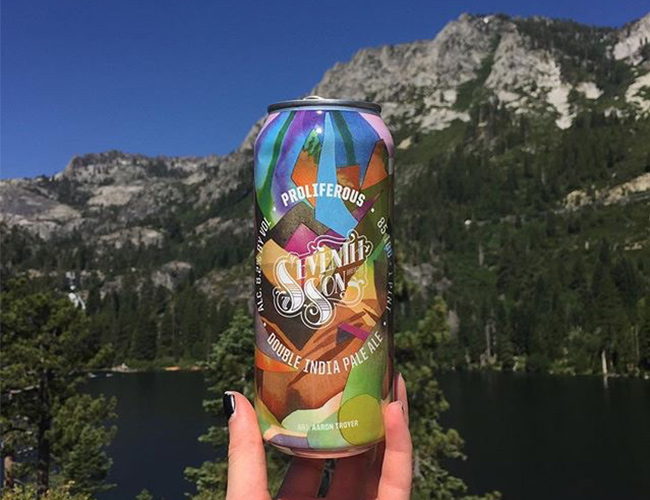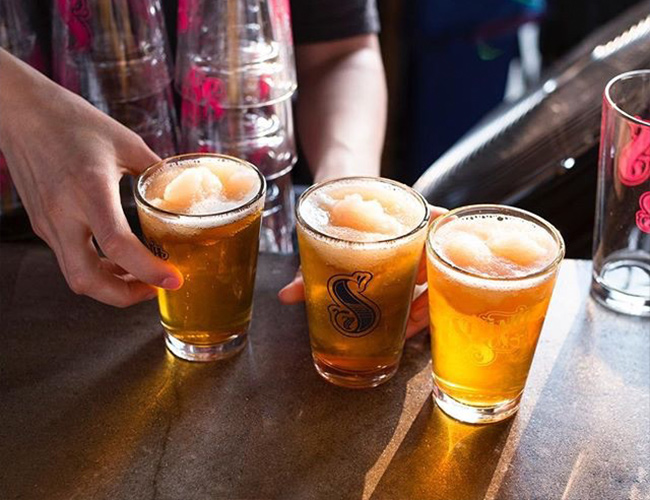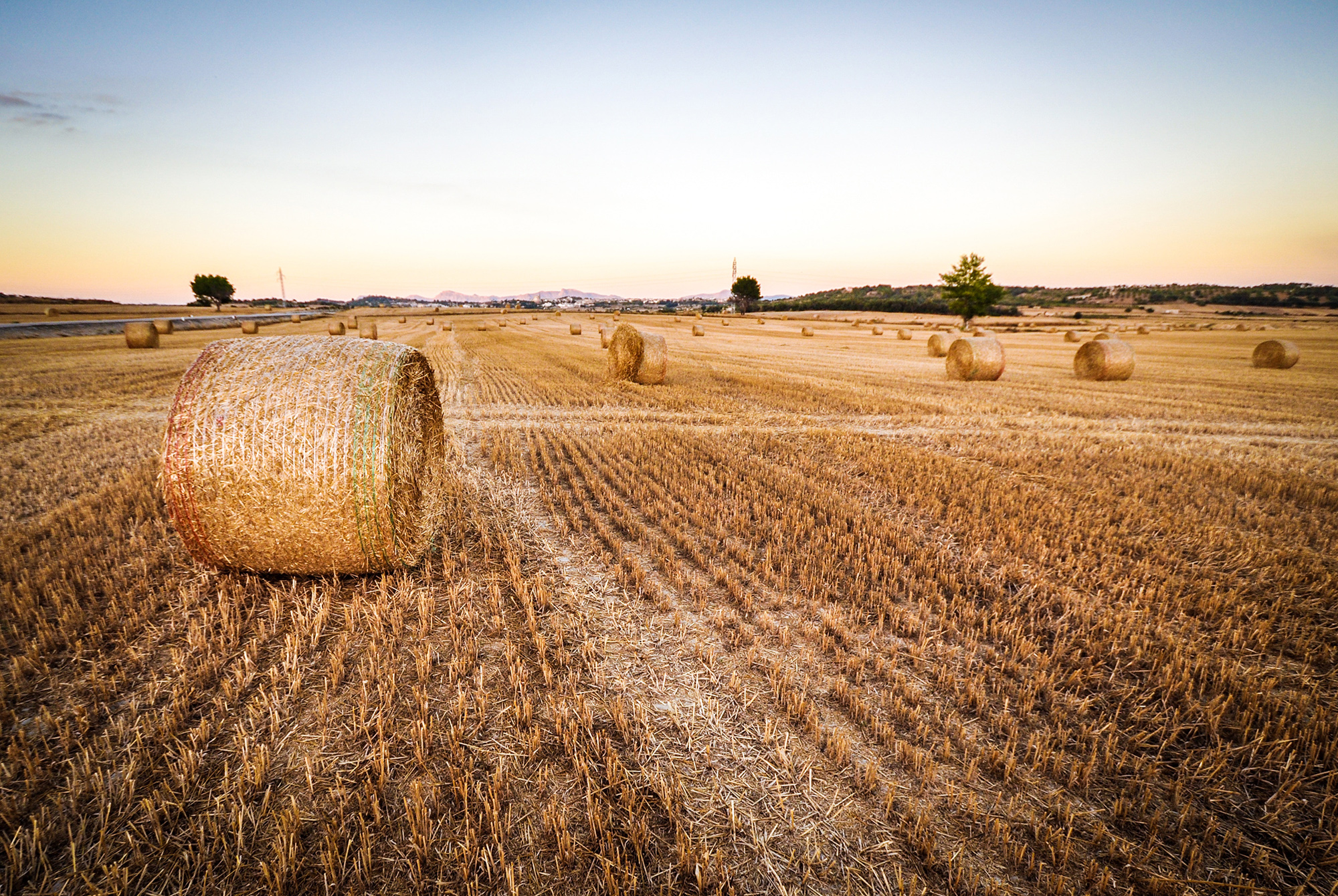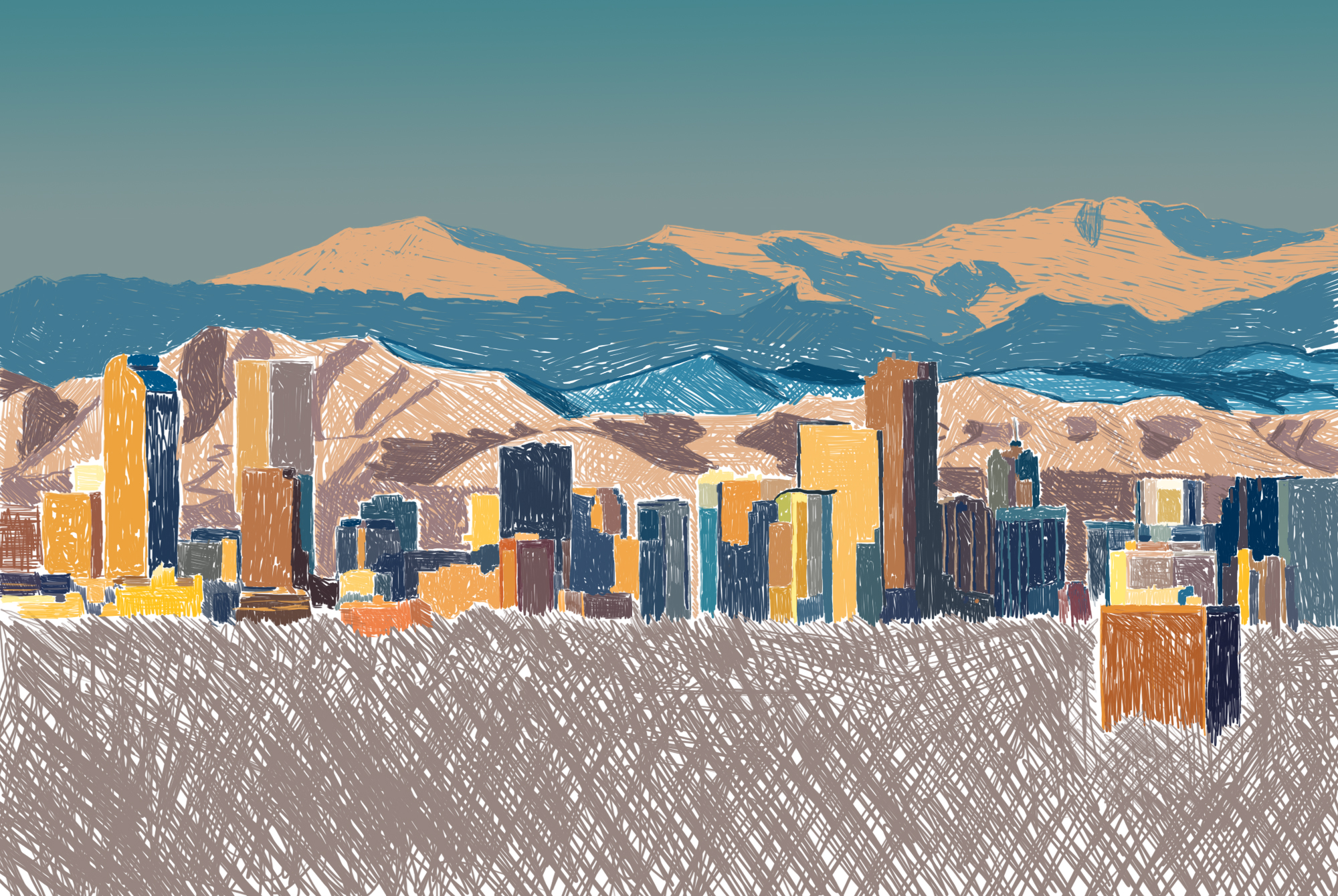Shop
What is Midwestern Beer?
Working toward a definition, with Collin Castore of Seventh Son Brewing.
Unlike the West Coast IPA, or the New England IPA, there’s no namesake Midwestern beer. And if you’re looking for a close approximation, there isn’t one. The Midwest states are brewing, and learning from, beers from both coasts. They replicate what they like and experiment without the pressure to reinvent the wheel. It’s a sit-back-and-react approach.
I sat down with Collin Castore, president of Ohio’s Craft Brewers Association and co-owner of Seventh Son Brewing in Columbus, Ohio, to help define brewing in the region he knows best. “I see beer hopefully moving forward a little bit more, to where we become what the Midwest becomes a lot of times, which is the best of both coasts blended into a uniquely Midwestern thing,” Castore said.
But what makes a beer Midwestern? “It can come from a deep exploration of traditional German smoked beer styles or a goofy joke between friends at local breweries,” says Castore. Seventh Son recently collaborated on a beer with another local brewery, Land Grant, called Sports and Jorts. “In a very Midwestern fashion, the beer always comes from a friendly place without pretense. We take the beer seriously, but not necessarily ourselves,” says Castore. “Our beers are reflections of our people.”


Castore introduced his palate to good beer thanks to Grateful Dead tours in the early 90’s. He was drinking Sierra Nevada pale, Anderson Valley, and Sam Smith Oatmeal Stout. “They always happened to have good beer in the parking lot. That was the original thing that got me going, and then stuck with me all through college. Rather than dumbing down to Natural Light, I would always try and seek out the Sierras and that kind of thing,” he said. This early taste for variety is represented by the variety of beer that Seventh Son offers. “I think a lot of Midwestern breweries, Seventh Son included, enjoy that we can make a broad portfolio of beers,” Castore said, “and our customers enjoy our variety.”
“Our beers are reflections of our people.”
Castore describes Seventh Son as part of a fast growing city, happily and wholeheartedly Midwestern. They source ingredients locally, when feasible. Once abundant in the area, hop farming died off during Prohibition and has struggled to make a comeback. But it’s on the rise — a few Ohio hop farms are beginning to pelletize. Castore brews a wet-hop beer with Ohio hops, and recently put out a SMaSH beer with Vienna malt from nearby Indiana.
Without developed local farming, it’s difficult to talk about midwestern terroir as an actual place. And for Castore, it’s hard to pass up Galaxy hops from Australia or other ingredients with great punch, like real pilsner malts from Germany.
“Terroir comes more in the idea and the composition of the beer, the intention of the beer becomes a reflection of the place as much as where the actual ingredients were grown,” he says.
Castore described a beer they made recently as an example of this Midwestern composition. “It was an IPA brewed with soft water, low IBUs, heavy dry hopping, moderate to low floc expressive yeast. There were oats and wheat in the malt bill,” like one might find in a hazy New England IPA, “but still a degree of citrus and clarity more akin to West Coast IPA,” says Castore. “It was delicious.”
Because wheat is a crop that stands out among Midwest states, some sources try to designate wheat beer as Midwestern beer. But, similar to obtaining local hops, for Midwest breweries obtaining local grains can be difficult. Most brewers have to source from other areas. And wheat — which is widely recognized in the Witbiers of Belgium — doesn’t necessarily make a beer Midwestern.
Rain, sleet, or snow. Hot, mild, or freezing temperatures. Christmas or the 4th of July. The Midwest has a beer for that.
One element that maintains Midwest brewing’s little-of-this-little-of-that approach is its distinct seasons. The four divisions of the year lend themselves to a broad spectrum of beers. “We actually have a season here when you want to drink an imperial stout,” Castore says, “When you want to drink a big chewy quad. It’s the perfect thing for a cold winter night. Or fruit infused gose for the summer. The weather gives us the excuse to enjoy both.” Rain, sleet, or snow. Hot, mild, or freezing temperatures. Christmas or the 4th of July. The Midwest has a beer for that.
The region resists narrow categorization. Midwestern beer wants to represent the easy going, thoughtful, and talented people brewing there. It’s not an exclusionary place, and its beer reflects that. “Midwestern beer has variety and quality that rival that of any coastal or mountain state,” says Castore. “We do not make ‘good for the Midwest’ or ‘good for Ohio’ beers. We make great beer that stands on its own.”



